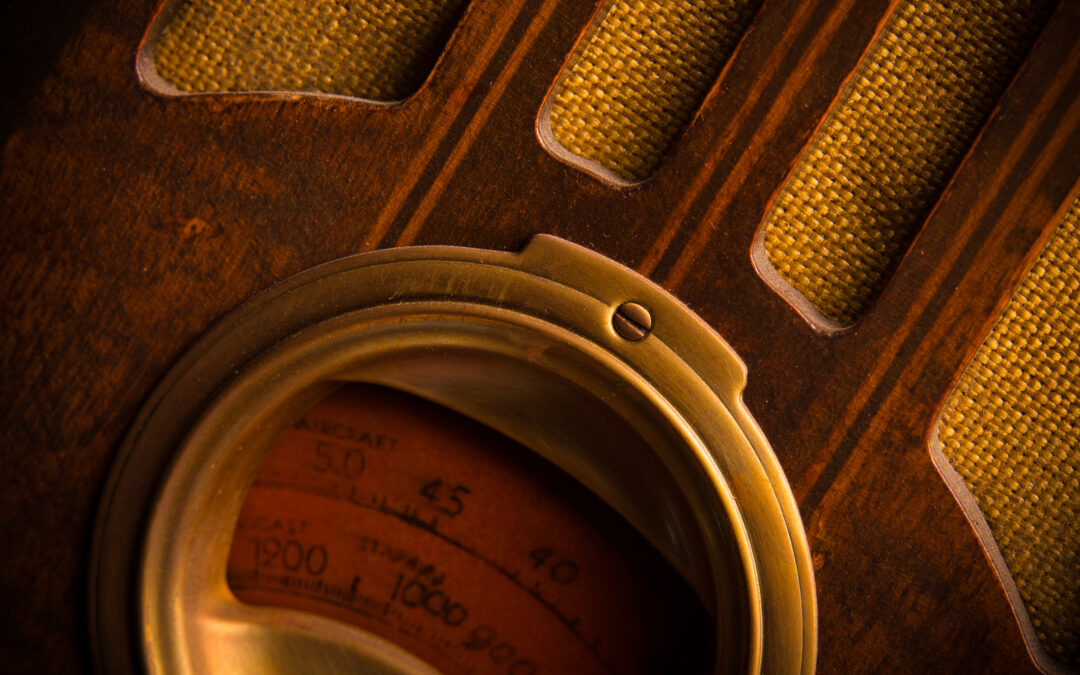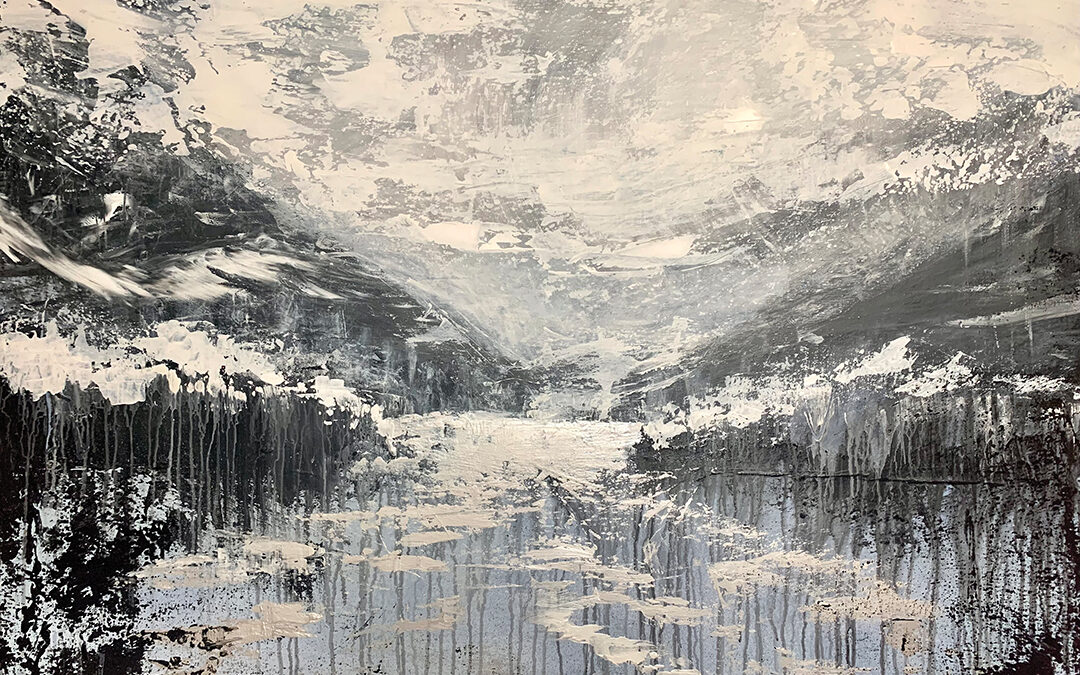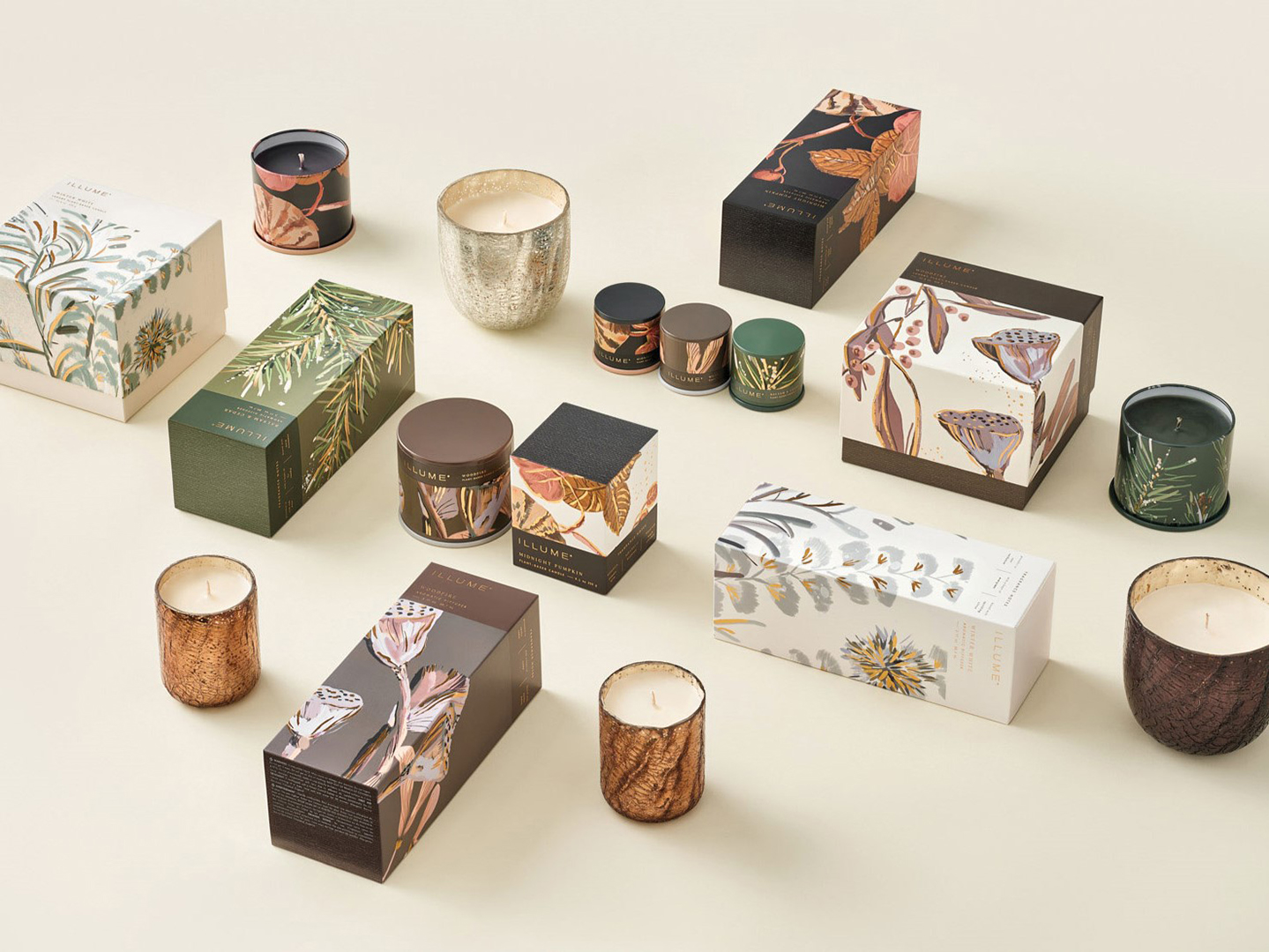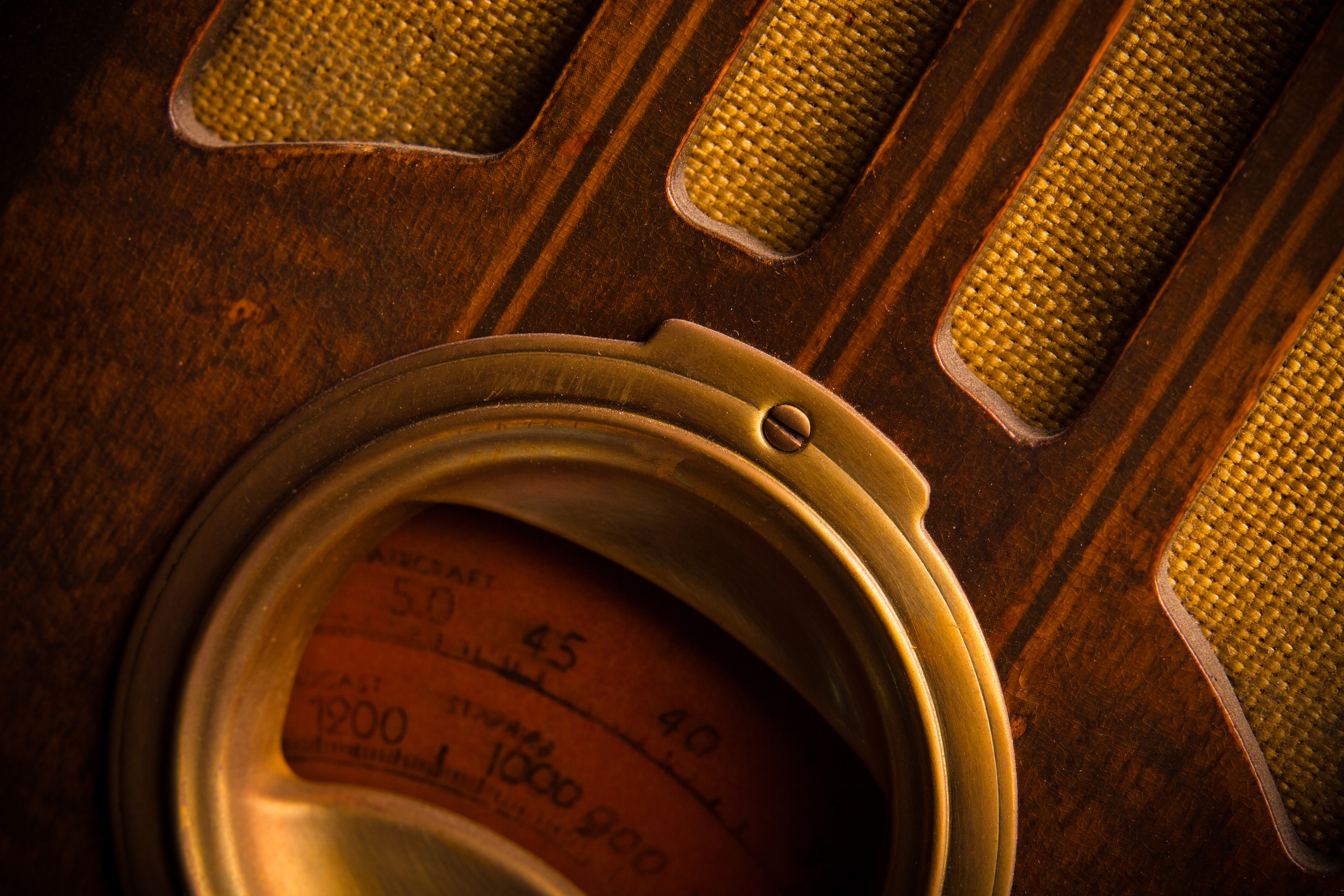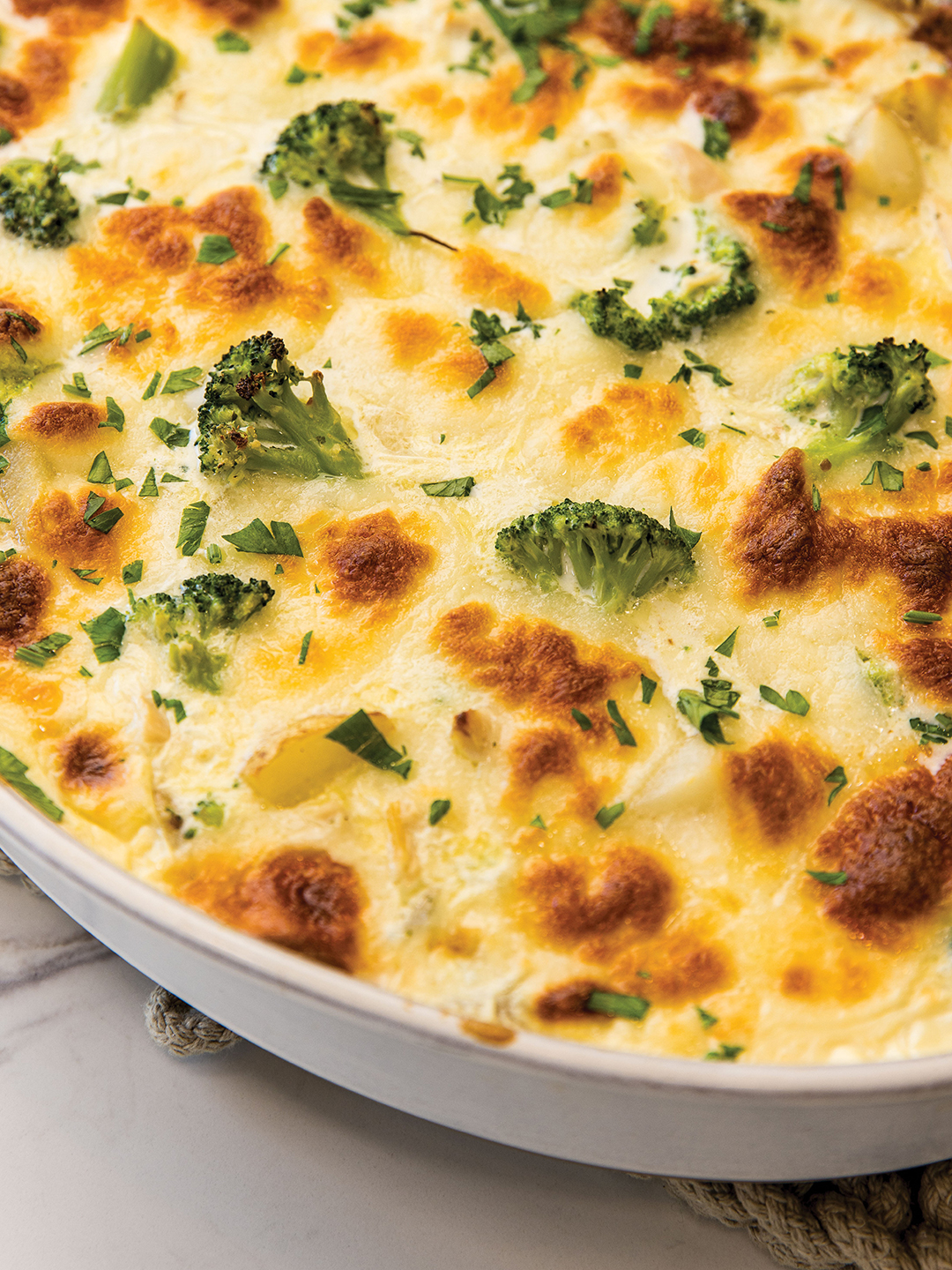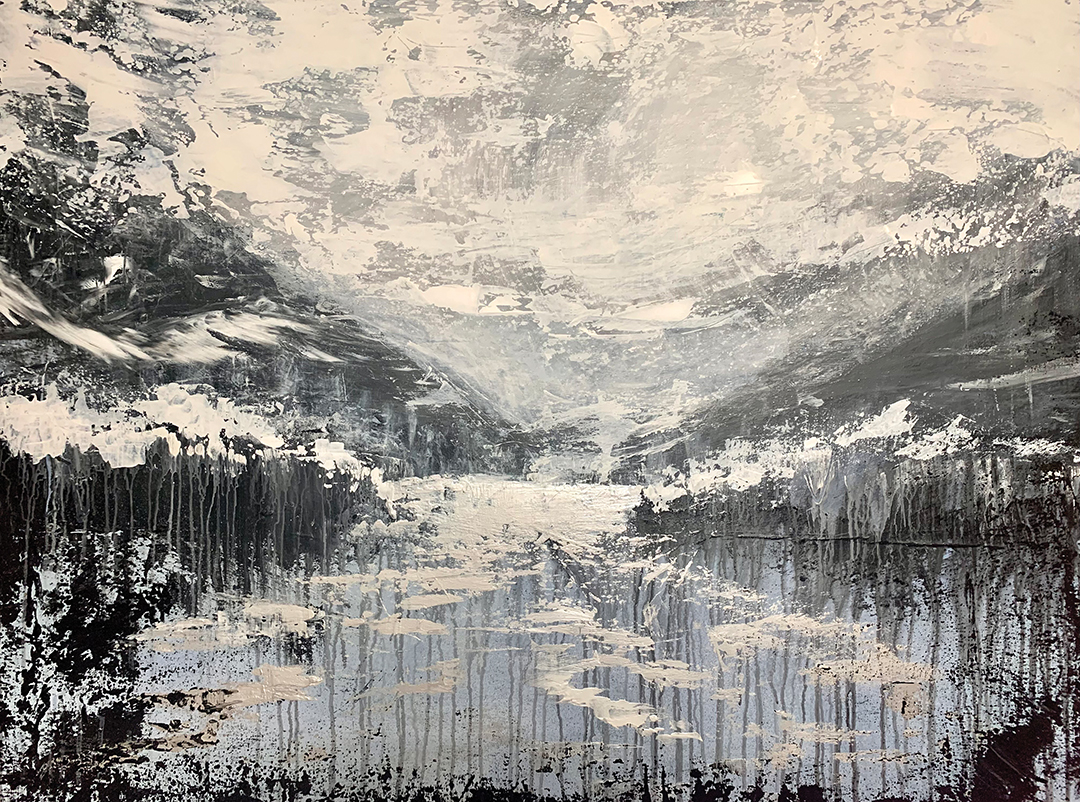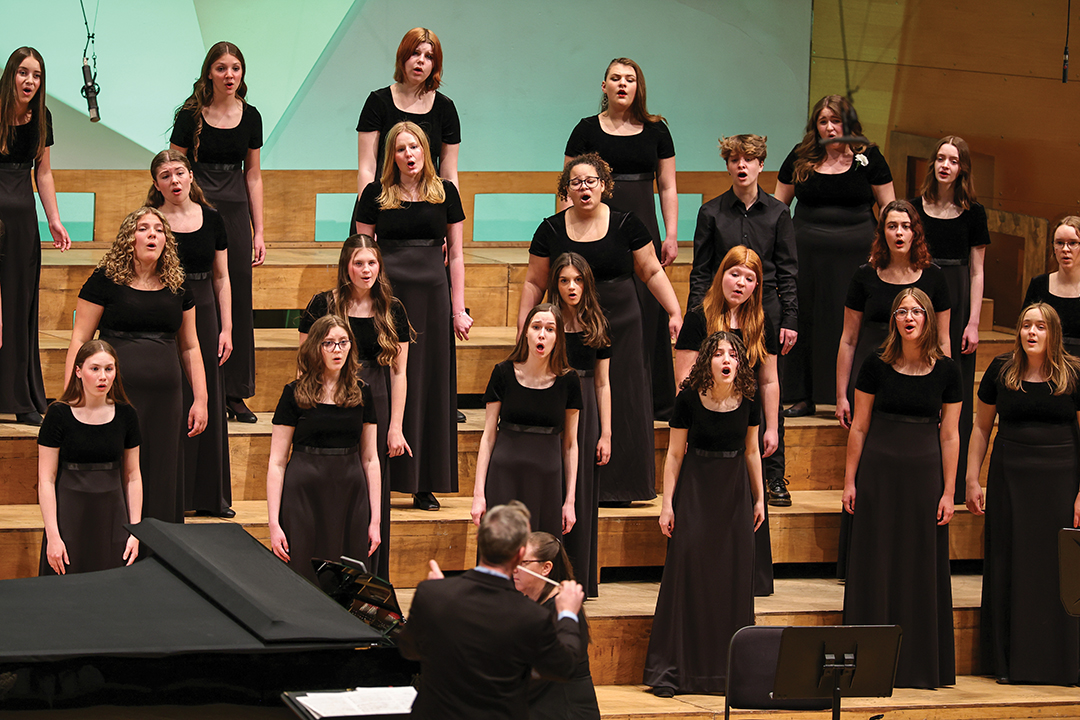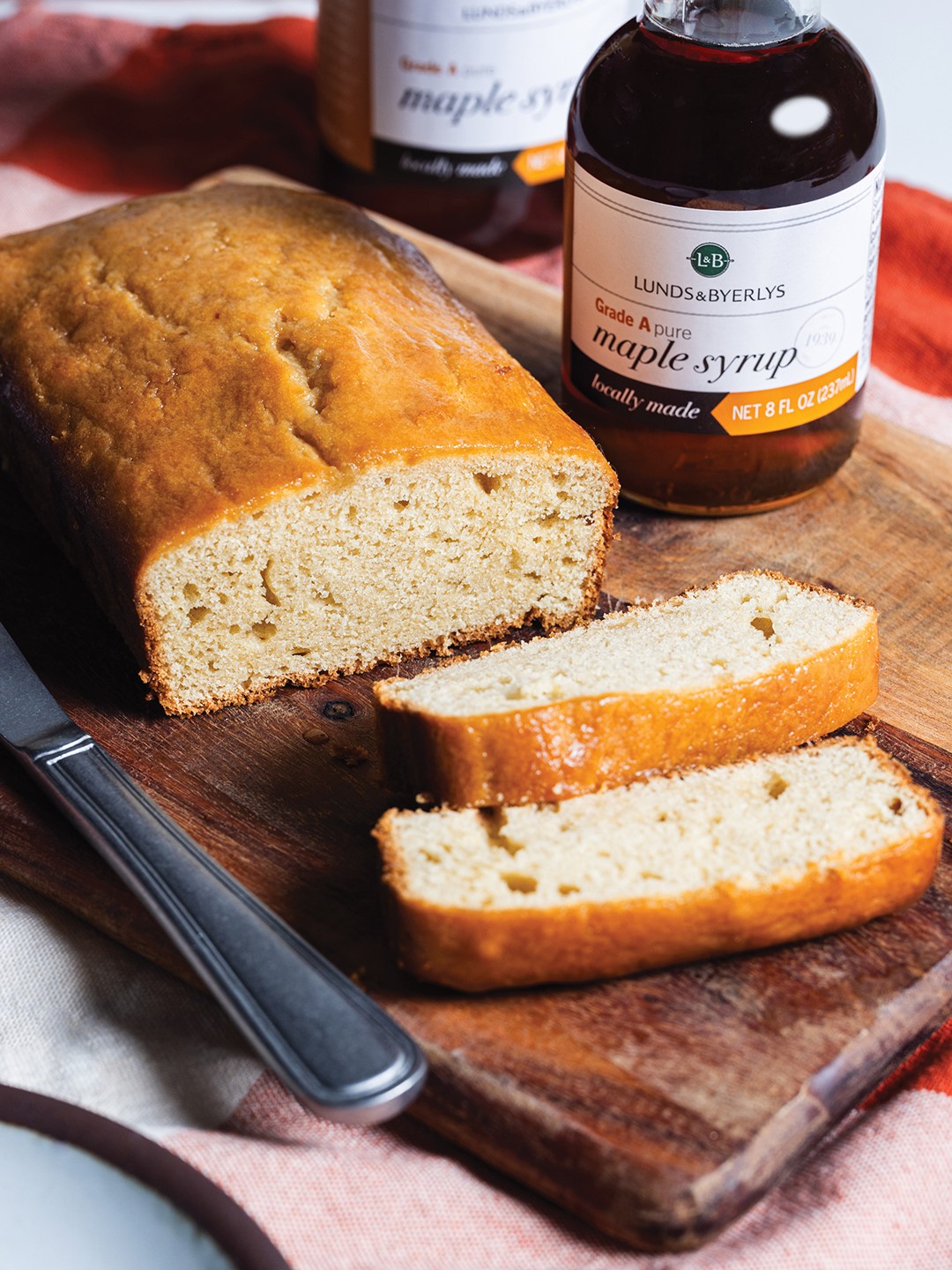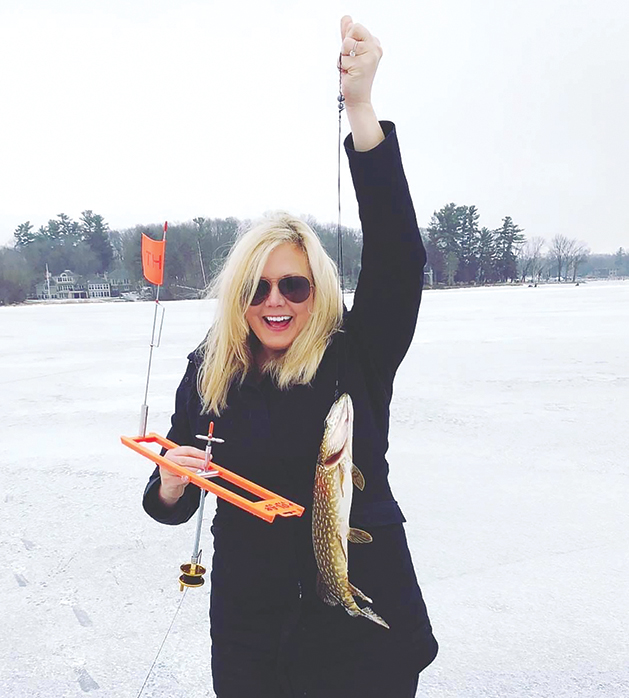
Kristen Ophaug, who lives with her young family on Lake Minnetonka’s Jenning’s Bay, shares photos of “small-but-still-fun-to-catch-northerns my husband and I caught last winter in Carson’s Bay … I surprised my husband with an electric auger for Christmas, and we borrowed our friend Jesse’s pop-up fish house. We were using tip-ups—fun to see the flags ‘tip-up!’” Photo: Kristen Ophaug
Local anglers enjoy their fishing … on ice.
Land of 10,000 Lakes—well, we all know just how important those glistening bodies of water are to us in the Bold North, especially in the warmer months. For many of us, they serve as the welcoming center of our outdoor sporting lives. And, when the time comes, we don’t let Old Man Winter with his decidedly-icy-and-sometimes-irritatingly-long-grip deter us from hitting the water in its icy state, especially to cast our luck at ice fishing.
In fact, we relish it. We bundle up, head to the frozen lake, drill a hole and hope for the best. Ice fishing, of course, has been going on for at least two millennia as a way for folks to eat when the weather cooled and other protein sources became scarce. But now, in addition to providing fresh shore meals, ice fishing in Minnesota is a competitive sport. Many communities hold well-attended ice fishing contests; the Minnesota Department of Natural Resources (DNR) notes it issues nearly 400 permits for ice fishing contests and tournaments statewide each year.
Add those participants to the anglers, who are out on the ice independent of a contest, and that equates to a lot of sportsmen/women. DNR conservation officers are charged with making sure people are safe and adhering to local and state policies.
“When I am out checking ice fishermen, I am first checking to make sure anyone 16 and older has a valid Minnesota fishing license. This license either needs to be on their person physically in paper form or in electronic form,” says Brent Grewe, DNR conservation officer and Maple Grove resident. “I am also checking to make sure their ice house or shelter is marked and licensed properly and that there isn’t litter around their fishing shelter.” He’s also on the lookout for those using more than two lines per person, and ensuring the fish hauls are within the limits. “For the most part, anglers are pretty respectful of our lakes,” he says.
Grewe reminds that understanding ice conditions and guidelines are paramount to a successful turn on the lake. “Check the DNR’s website for guidelines and tips. [There’s] lots of very useful information there pertaining to ice safety and fishing guidelines,” he says.
When he’s not on duty, Grewe and his family enjoy their own angling endeavors, hitting Medicine Lake and Lake Minnetonka for pan fish and Lake Mille Lacs for walleyes.
Bait? “When fishing pan fish, I prefer a small teardrop type lure, tipped with a waxworm or spikes,” Grewe says. “Lots of factors determine different colors to use, so it’s best to have a variety and experiment with them and see how the pan fish respond. A very important tool in catching pan fish is a flasher. Vexilar, Hummingbird and Marcum are very popular flashers, and if you don’t know how to use them, YouTube can be very helpful.”
There’s likely two ice fishing camps—ice house vs. no shelter. “We prefer fishing out of a shelter, keeping my family comfortable out ice fishing,” Grewe says. “If you are looking for a portable shelter, the flip over style and pop up tent are very popular. These portable shelters are very easy to use, and you can now buy them with insulated canvas, which makes them much warmer. You can also invest in a wheelhouse, which is like a camper on the lake. Wheelhouses are very popular, as well, and you can find them with all the amenities for a weekend on the ice.”
Maple Grove’s Jeff Nuss falls into the other camp. “The reason we don’t use ice houses (if we do, it’s a small portable that is easy to set up and take down) is we drill many holes in a given area, drop a [fish finder] down the hole and fish it for only a few minutes,” he says. “If no fish appear on the electronics or bite, we move to the next hole. On some given days, we may drill 40-150 holes per person. We like to cover ground and move until we find active fish, and finding active fish may be easy, or hard, you just have to go out and try.”
Growing up fishing Bloomington lakes, Nuss enjoys fishing for pan fish in northwestern Wisconsin at his family’s cabin, in the Dakotas (perch and walleyes) and around the Metro. He recommends doing your research before dropping a line. “Work with a close group of fishermen to help each other out,” he says. “By the time you hear there is a hot bite on a lake, it’s probably over.”
With all the effort and braving the elements, bad days on the ice are part of the deal. “We’ve all had them,” Nuss says. “Being skunked, breaking equipment in the process (broken rods, fish finders, heaters, etc.).” But it’s the good days that keep anglers coming back for more. “Boy, there have been some pretty good ones,” he says. “I guess the one that sticks out in my mind was from about 4-5 years ago in South Dakota perch fishing. It was a long day, lots of drilling of holes, and honestly, wasn’t a good day until about the last [part] the day …. The group finally found a good school of perch …”
The DNR’s website (dnr.state.mn.us) is chockfull of information about ice fishing, ice thickness safety, specific lake details (regulations, maps, fish species, stocking reports, etc.), where to find fishing groups and a whole lot more.
What you’ll need:
Ice fishing rod: typically, 24”-36,” which is smaller than your warm weather fishing rod, as you need the leverage because of the confined space
Ice fishing reel: more compact than a typical reel
Ice fishing line: created to withstand frigid temperatures and jagged ice
Lures and bait: dependent upon what fish are the target
Tackle box: yep, a way to keep all your small items secure and organized
Ice auger or drill: a must; no hole = no fish
A spot to sit: a 5-gallon bucket or inside an icehouse
Warm clothing: layers, layers, layers
What to Catch
It’s probably no surprise that the favorite fish to catch in Minnesota, the most beloved, is—you guessed it—the walleye. It doesn’t hurt that it’s the official state fish and, well, just think of the best plate of grilled walleye you’ve ever eaten—with that subtle sweetness and delicate, flaky texture—and you’ll understand why Minnesotans adore this fish species, which is part of the perch family and is named for its distinguishable pearlescent eyes.
Did you know the bluegill, named for its large “gills,” is the most commonly caught fish in Minnesota?
We have two species of crappies in Minnesota, black and white, and they tend to hang out—not near the surface or the bottom of a lake— but, according to the DNR’s website, “somewhere in between.”
When you’re hankering to catch a big fish, one that fills the bill for a great fish tale, Northern pike may just be the one. They’ll give you a run for your money, as they’re known to put up a fight as you bring them in. The state record is 45 pounds, 11 ounces, so you’ve got your work cut out for you.


